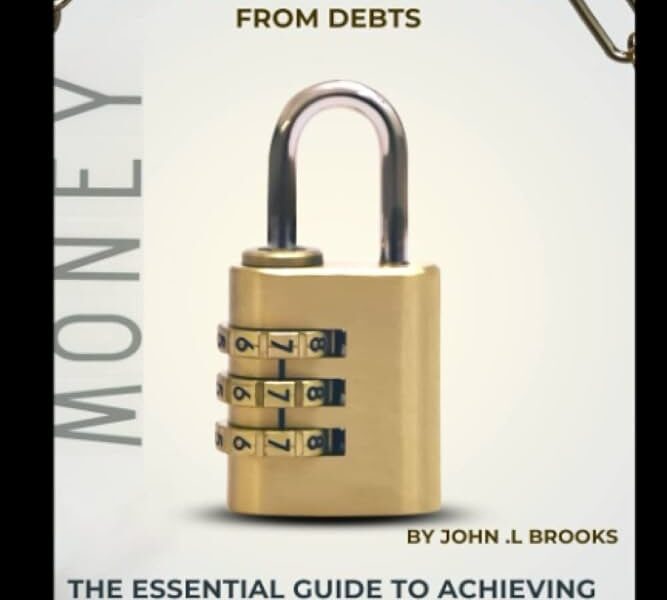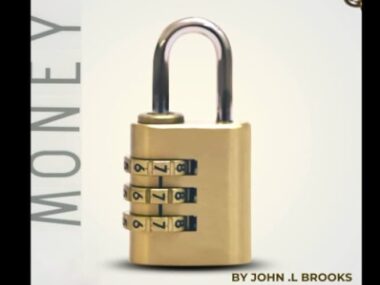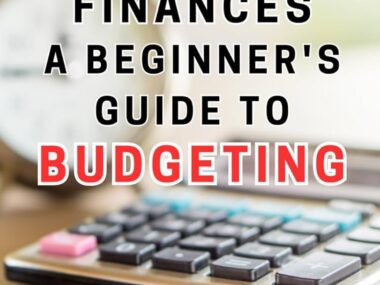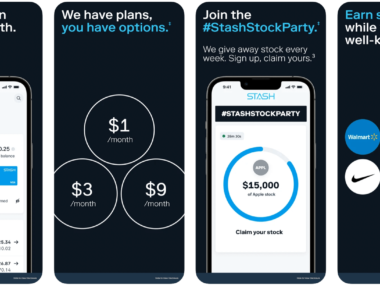Debt can be a heavy burden, affecting not only your financial well-being but also your peace of mind. Whether it’s credit card debt, student loans, or other financial obligations, finding a way out is not only possible but crucial for your long-term financial health. In this guide, we’ll walk you through practical steps on how to break free from the shackles of debt and regain control of your financial future.
- Face the Numbers:
a. Create a Comprehensive List:
- Document all your debts, including credit cards, loans, and any outstanding bills.
b. Calculate Interest Rates:
- Identify the interest rates for each debt to prioritize paying off high-interest debts first.
- Build a Realistic Budget:
a. Track Your Spending:
- Monitor your expenses to identify areas where you can cut back.
b. Create a Realistic Budget:
- Allocate funds to essential expenses, debt repayment, and savings.
c. Emergency Fund:
- Establish an emergency fund to prevent accumulating more debt in the future.
- Prioritize and Strategize:
a. Snowball vs. Avalanche Method:
- Choose a debt repayment strategy that suits your preferences.
- Snowball Method: Pay off the smallest debts first to build momentum.
- Avalanche Method: Tackle high-interest debts first to minimize overall interest payments.
b. Negotiate Interest Rates:
- Contact creditors to negotiate lower interest rates, especially if you have a good payment history.
- Choose a debt repayment strategy that suits your preferences.
- Cut Unnecessary Expenses:
a. Evaluate Lifestyle Choices:
- Identify non-essential expenses and consider cutting back on luxuries until you are debt-free.
b. Consolidate Debt:
- Explore debt consolidation options to streamline payments and potentially lower interest rates.
- Increase Your Income:
a. Side Hustles and Part-Time Jobs:
- Explore opportunities to increase your income temporarily to accelerate debt repayment.
b. Sell Unneeded Assets:
- Liquidate assets you no longer need to generate extra funds for debt repayment.
- Seek Professional Guidance:
a. Credit Counseling:
- Consult with a reputable credit counseling agency to get personalized advice on managing and reducing debt.
b. Debt Settlement:
- Consider debt settlement options, but be cautious and understand the potential impact on your credit score.
- Stay Motivated:
a. Celebrate Small Wins:
- Acknowledge and celebrate each debt milestone to stay motivated.
b. Visualize Financial Freedom:
- Envision the benefits of a debt-free life to stay focused on your goal.
- Educate Yourself:
a. Financial Literacy:
- Invest time in learning about personal finance to make informed decisions and avoid falling into debt again.
Conclusion:
Getting out of debt is a journey that requires commitment, discipline, and a strategic approach. By facing the numbers, creating a realistic budget, and prioritizing your debts, you can regain control of your financial situation. Remember, small steps lead to significant progress, and with determination, you can break free from the cycle of debt and pave the way for a financially secure future






